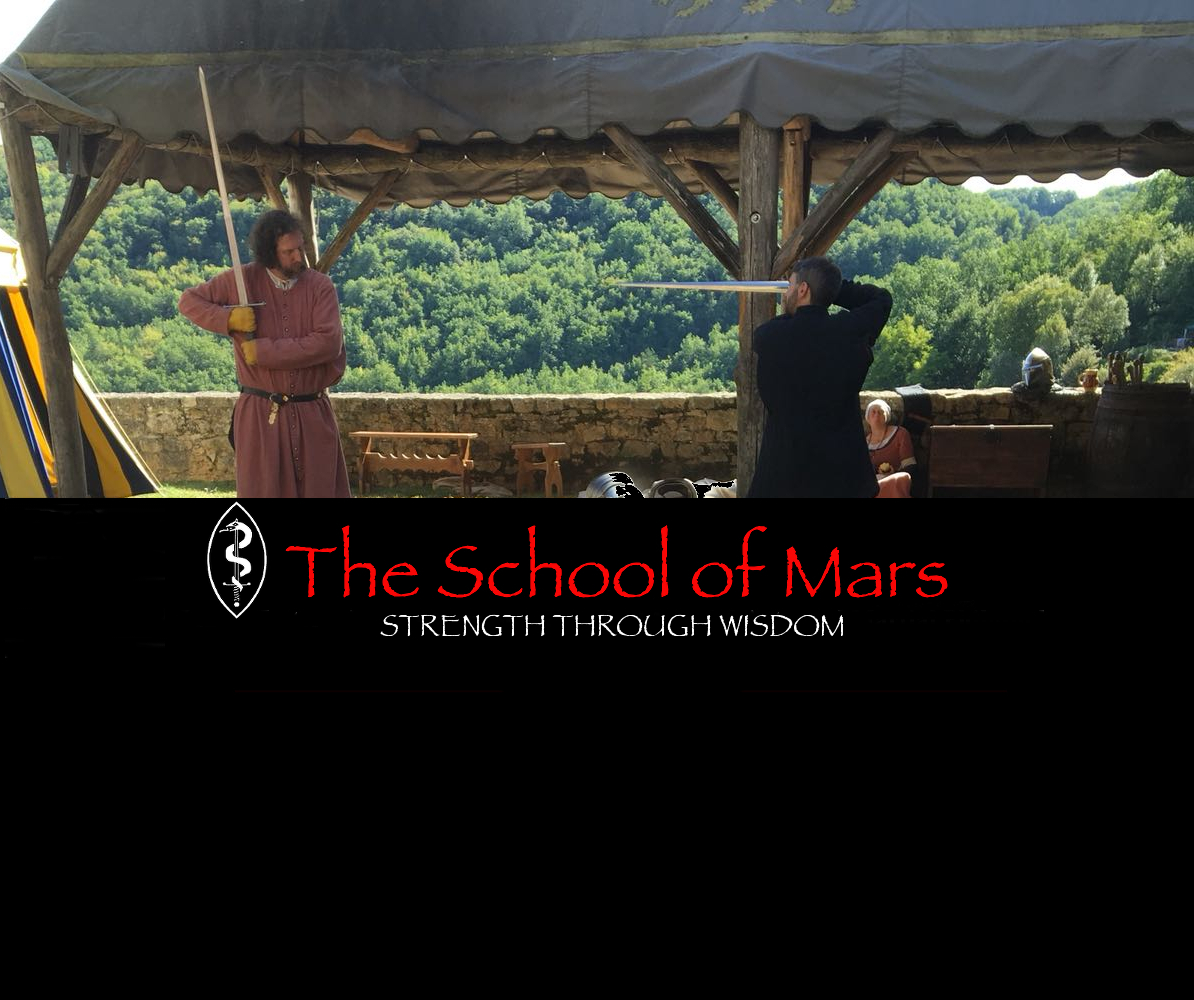In an earlier article I touched upon the importance of martial artists committing themselves to some sort of ethical framework by which their potentially dangerous skills could be harmoniously integrated into society.
History has given us a wide variety of warrior codes and martial ethics from a great many times and cultures. But although there are elements of these that are useful and insightful for us today, they are generally products of their time and place of origin of which much—the maintenance of rigid class divisions, the use of violence to preserve personal ‘honour’, or unquestioning loyalty to one’s ‘superiors’ even unto death, for example—is less relevant to us today.
For myself, I have found that another set of guiding principles exists which is both of considerable age yet timeless enough to speak to us now. While not specifically martial, they have proven very useful in managing martial ability—the capacity for trained violence—both in times of peace and war. Furthermore, these qualities have shown themselves to possess both strategic and tactical applications, giving us not only a means of approaching daily life, but also a set of tools to effectively deploy our training in combat.
I am referring to the four qualities known in the West as the Cardinal Virtues: Fortitude, Prudence, Temperance, and Justice.
Continue reading “The Four Cardinal Virtues: Guideposts for War and Peace”
